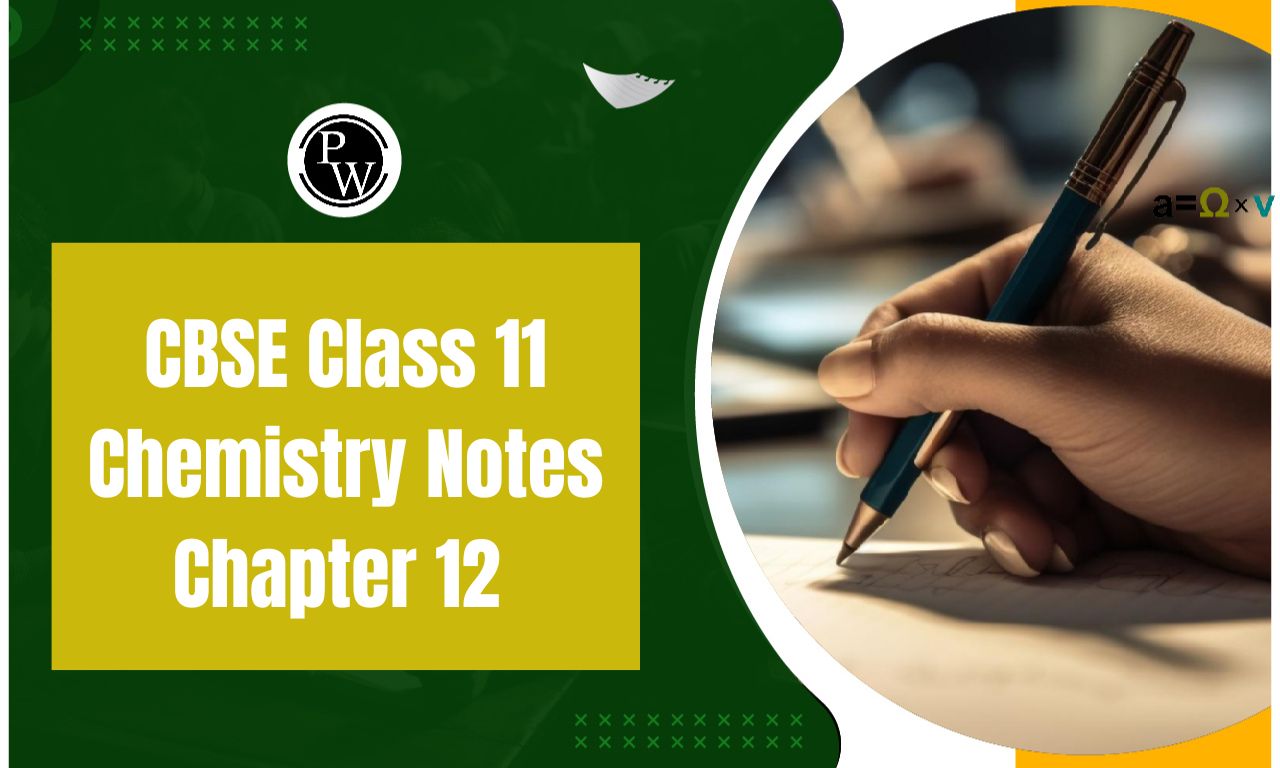
NCERT Solutions for Class 11 Maths Chapter 1 Exercise 1.5: Exercise 1.5 of NCERT Class 11 Maths, Chapter 1 (Sets), focuses on practical applications of set operations such as union, intersection, difference, and complement.
It includes problem-solving involving Venn diagrams, real-life examples, and logical reasoning to solidify the concepts. The exercise emphasizes understanding and visualizing relationships among sets, helping students tackle word problems and represent data effectively. Key takeaways include mastering symbolic notations and applying them in solving equations or inequalitiesNCERT Solutions for Class 11 Maths Chapter 1 Exercise 1.5 Overview
Exercise 1.5 of NCERT Class 11 Maths, Chapter 1 (Sets), is crucial for understanding fundamental set operations like union, intersection, difference, and complement. These concepts are vital for problem-solving in various fields, including probability, data analysis, and computer science. The exercise uses Venn diagrams and practical examples to make abstract ideas relatable and enhance visualization skills. Mastering this exercise helps students develop logical reasoning and analytical thinking, which are essential for advanced mathematical studies. By learning to represent and manipulate data effectively through set theory, students gain tools applicable to real-world scenarios and future academic pursuits.NCERT Solutions for Class 11 Maths Chapter 1 Exercise 1.5 PDF
Exercise 1.5 of NCERT Class 11 Maths, Chapter 1 (Sets), focuses on essential concepts like union, intersection, and complement of sets, with practical applications and problem-solving techniques. It helps students strengthen their understanding of set theory and logical reasoning. Below, we have provided the detailed NCERT Solutions for Exercise 1.5 in PDF format, offering step-by-step explanations to make learning easier and more effective for students. Download now!NCERT Solutions for Class 11 Maths Chapter 1 Exercise 1.5 PDF
NCERT Solutions for Class 11 Maths Chapter 1 Exercise 1.5 Sets
Below is the NCERT Solutions for Class 11 Maths Chapter 1 Exercise 1.5 Sets -1. Let U = {1, 2, 3; 4, 5, 6, 7, 8, 9}, A = {1, 2, 3, 4}, B = {2, 4, 6, 8}, and C = {3, 4, 5, 6}. Find
(i) A’
(ii) B’
(iii) (A U C)’
(iv) (A U B)’
(v) (A’)’
(vi) (B – C)’
Solution:
It is given that U = {1, 2, 3, 4, 5, 6, 7, 8, 9} A = {1, 2, 3, 4} B = {2, 4, 6, 8} C = {3, 4, 5, 6} (i) A’ = {5, 6, 7, 8, 9} (ii) B’ = {1, 3, 5, 7, 9} (iii) A U C = {1, 2, 3, 4, 5, 6} So, we get (A U C)’ = {7, 8, 9} (iv) A U B = {1, 2, 3, 4, 6, 8} So, we get (A U B)’ = {5, 7, 9} (v) (A’)’ = A = {1, 2, 3, 4} (vi) B – C = {2, 8} So, we get (B – C)’ = {1, 3, 4, 5, 6, 7, 9}2. If U = { a, b, c, d, e, f, g, h }, find the complements of the following sets:
(i) A = { a, b, c }
(ii) B = { d, e, f, g }
(iii) C = { a, c, e, g }
(iv) D = { f , g , h , a } Solution:
(i) A = { a, b, c } So, we get A’ = {d, e, f, g, h} (ii) B = { d, e, f, g } So, we get B’ = {a, b, c, h} (iii) C = { a, c, e, g } So, we get C’ = {b, d, f, h} (iv) D = { f , g , h , a } So, we get D’ = {b, c, d, e}3. Taking the set of natural numbers as the universal set, write down the complements of the following sets:
(i) { x : x is an even natural number}
(ii) { x : x is an odd natural number}
(iii) { x : x is a positive multiple of 3}
(iv) { x : x is a prime number}
(v) { x : x is a natural number divisible by 3 and 5}
(vi) { x : x is a perfect square}
(vii) { x : x is perfect cube}
(viii) { x : x + 5 = 8}
(ix) { x : 2 x + 5 = 9}
(x) { x : x ≥ 7}
(xi) { x : x ∈ N and 2 x + 1 > 10}
Solution:
We know that U = N: Set of natural numbers (i) { x : x is an even natural number}´ = { x : x is an odd natural number} (ii) { x : x is an odd natural number}´ = { x : x is an even natural number} (iii) { x : x is a positive multiple of 3}´ = { x : x ∈ N and x is not a multiple of 3} (iv) { x : x is a prime number}´ ={ x : x is a positive composite number and x = 1} (v) { x : x is a natural number divisible by 3 and 5}´ = { x : x is a natural number that is not divisible by 3 or 5} (vi) { x : x is a perfect square}´ = { x : x ∈ N and x is not a perfect square} (vii) { x : x is a perfect cube}´ = { x : x ∈ N and x is not a perfect cube} (viii) { x : x + 5 = 8}´ = { x : x ∈ N and x ≠ 3} (ix) { x : 2 x + 5 = 9}´ = { x : x ∈ N and x ≠ 2} (x) { x : x ≥ 7}´ = { x : x ∈ N and x < 7} (xi) { x : x ∈ N and 2 x + 1 > 10}´ = { x : x ∈ N and x ≤ 9/2}4. If U = {1, 2, 3, 4, 5,6,7,8, 9}, A = {2, 4, 6, 8} and B = {2, 3, 5, 7}. Verify that
(i) (A U B)’ = A’ ∩ B’
(ii) (A ∩ B)’ = A’ U B’
Solution:
It is given that U = {1, 2, 3, 4, 5,6,7,8, 9} A = {2, 4, 6, 8} B = {2, 3, 5, 7} (i) (A U B)’ = {2, 3, 4, 5, 6, 7, 8}’ = {1, 9} A’ ∩ B’ = {1, 3, 5, 7, 9} ∩ {1, 4, 6, 8, 9} = {1, 9} Therefore, (A U B)’ = A’ ∩ B’. (ii) (A ∩ B)’ = {2}’ = {1, 3, 4, 5, 6, 7, 8, 9} A’ U B’ = {1, 3, 5, 7, 9} U {1, 4, 6, 8, 9} = {1, 3, 4, 5, 6, 7, 8, 9} Therefore, (A ∩ B)’ = A’ U B’.5. Draw an appropriate Venn diagram for each of the following:
(i) (A U B)’
(ii) A’ ∩ B’
(iii) (A ∩ B)’
(iv) A’ U B’
Solution:
(i) (A U B)’ (ii) A’ ∩ B’
(ii) A’ ∩ B’
 (iii) (A ∩ B)’
(iii) (A ∩ B)’
 (iv) A’ U B’
(iv) A’ U B’

6. Let U be the set of all triangles in a plane. If A is the set of all triangles with at least one angle different from 60°, what is A’?
Solution:
A’ is the set of all equilateral triangles.7. Fill in the blanks to make each of the following a true statement.
(i) A U A’ = ……..
(ii) Φ′ ∩ A = …….
(iii) A ∩ A’ = …….
(iv) U’ ∩ A = …….
Solution:
(i) A U A’ = U (ii) Φ′ ∩ A = U ∩ A = A So, we get Φ′ ∩ A = A (iii) A ∩ A’ = Φ (iv) U’ ∩ A = Φ ∩ A = Φ So, we get U’ ∩ A = ΦBenefits of Using NCERT Solutions for Class 11 Maths Chapter 1 Exercise 1.5
Step-by-Step Explanations : Offers clear, detailed solutions for every question, enhancing conceptual understanding.
Strong Foundation : Builds a solid base in set theory, crucial for advanced mathematics and competitive exams.
Easy Problem Solving : Simplifies complex problems with logical and structured approaches.
Time-Saving Resource : Provides accurate answers, saving time during revision and homework.
Boosts Confidence : Helps students tackle challenging questions effectively and improve problem-solving skills.
Aligned with Curriculum : Ensures thorough preparation as per CBSE guidelines.
NCERT Solutions for Class 11 Maths Chapter 1 Exercise 1.5 FAQs
What is the basic concept of sets Class 11?
Is sets easy in class 11?
Which is the important formula of sets Class 11?
What is a joint set?










